Men at Their Most Masculine
Chad States photographs his subjects in the poses and settings they find most masculine, making portraits of masculinity that broaden our ideas of what it means to be a man today. (Some images NSFW)

Interview by Nozlee Samadzadeh
Where did you find your subjects? Are they all men?
I found all my subjects through Craigslist. I began by asking the question “Are you masculine?” in the heading. In the body of the posting I talked briefly about the project. Much to the effect of: “I am doing a photography project on masculinity. If you identify as being masculine, please get back to me.” I intentionally leave it gender-neutral so males, females and transpeople feel free to respond. Most of the respondents are men, but a few are female and a few are trans. I posted to a bunch of different categories to cast as wide a net as possible. Continue reading ↓
All images used with permission, © copyright the artist, all rights reserved.
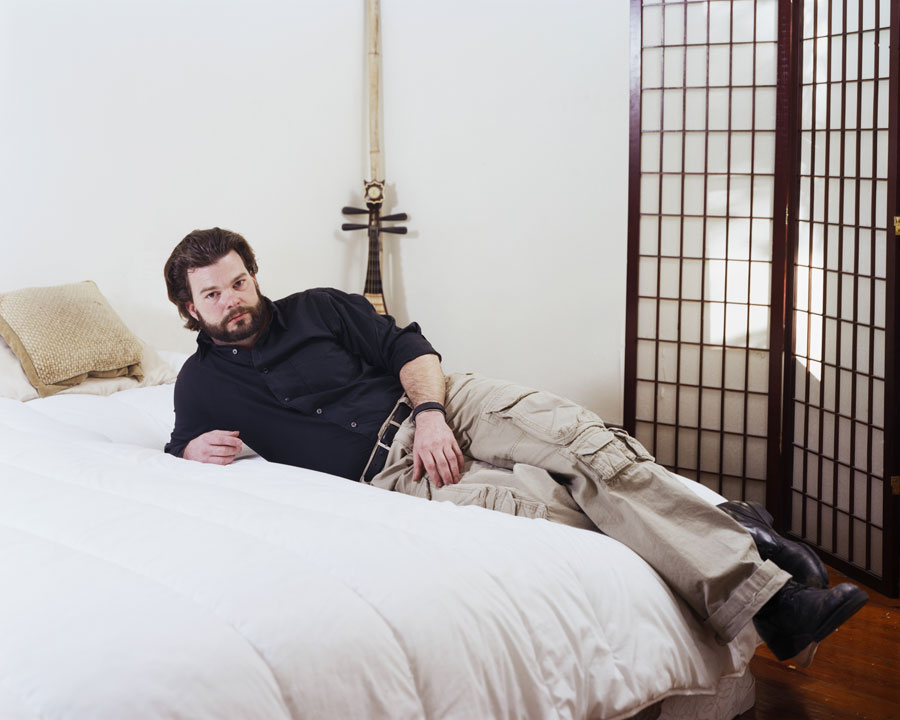
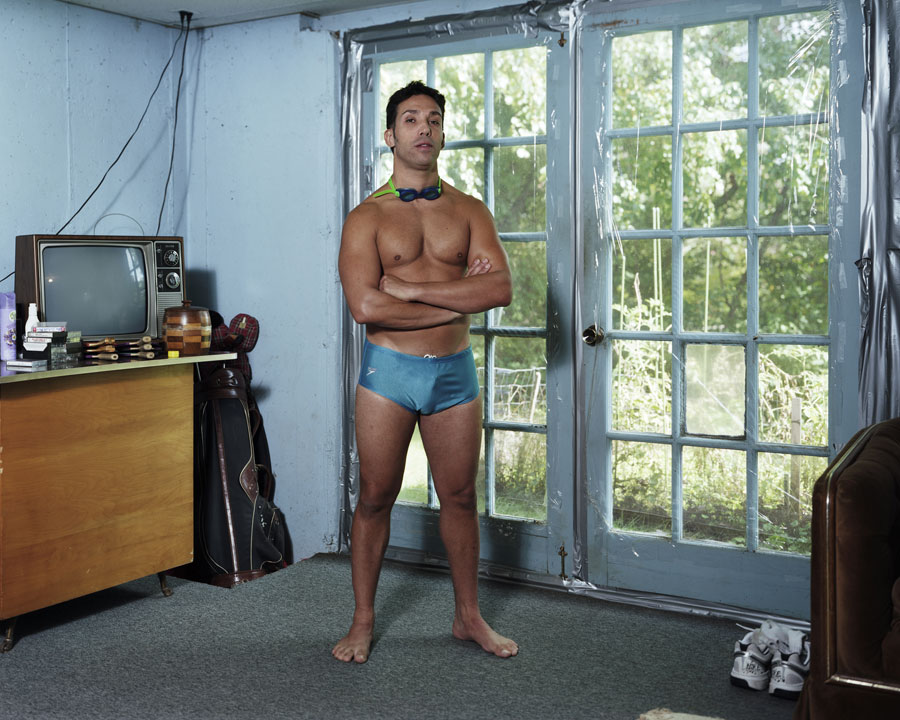
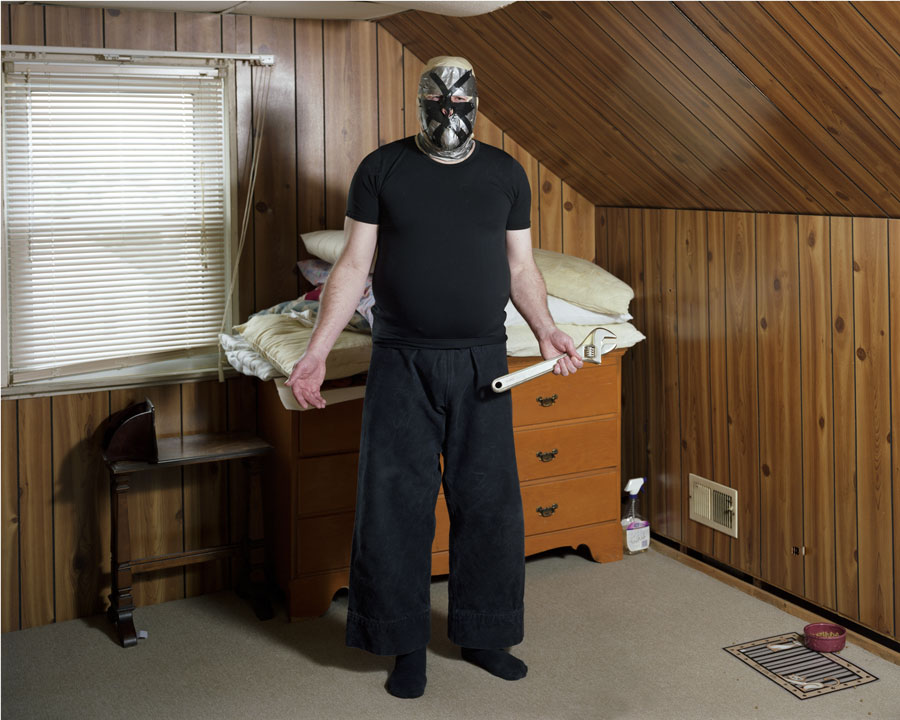
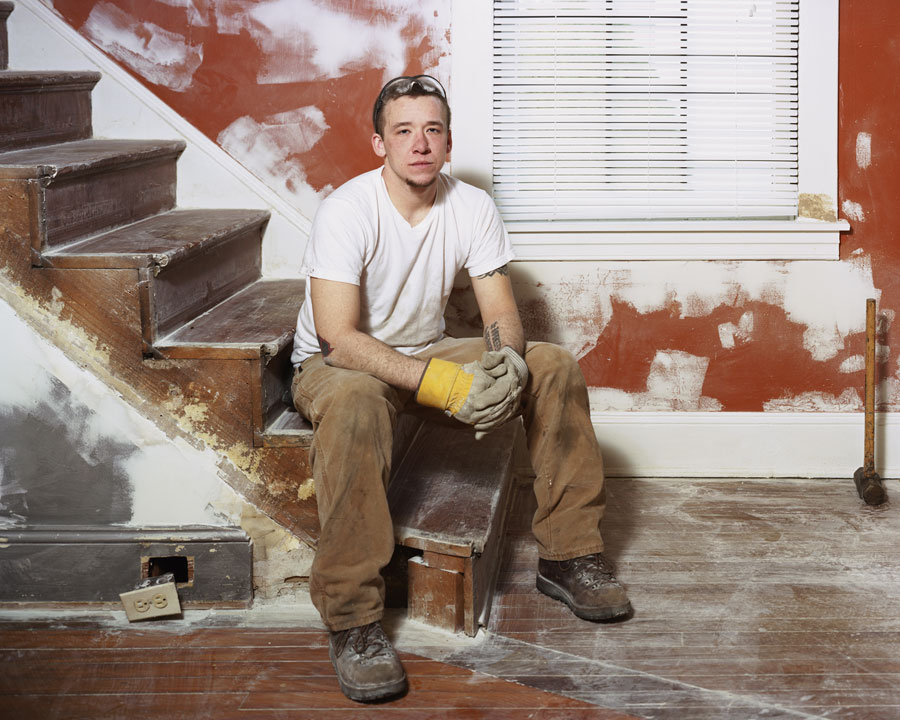
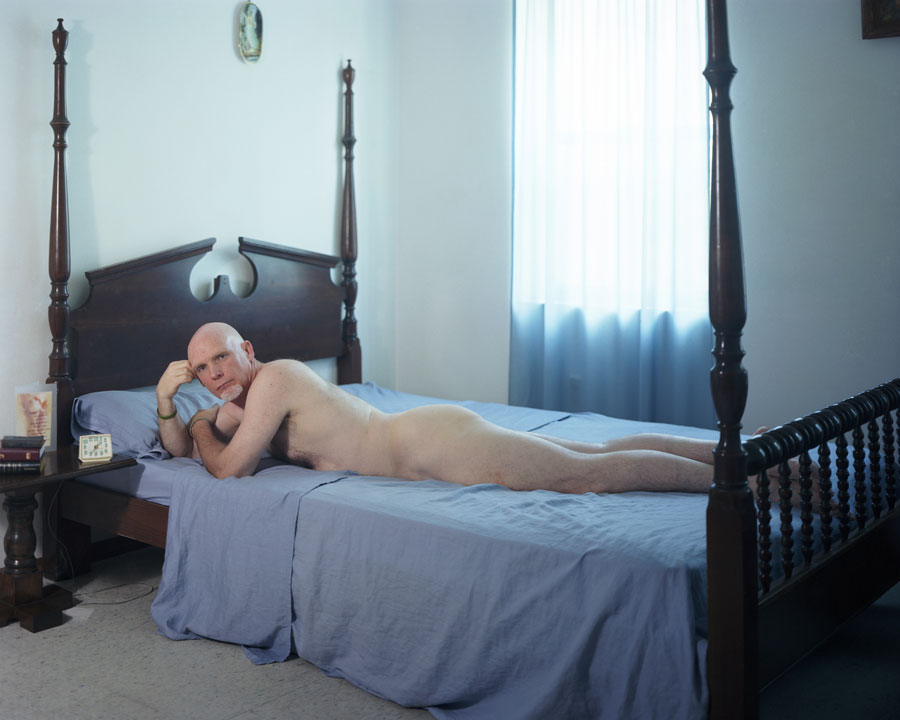
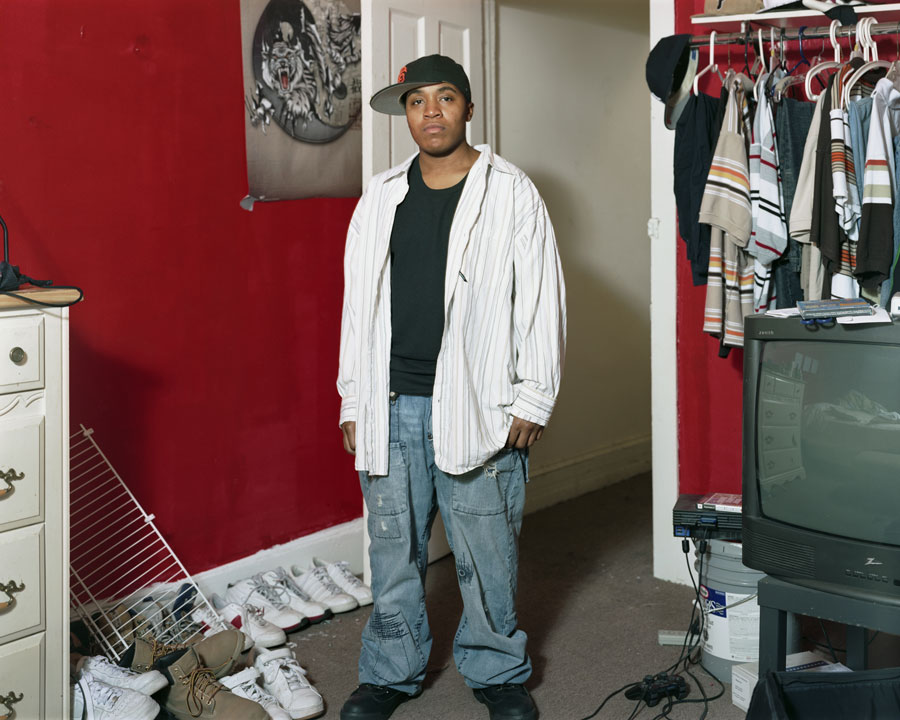
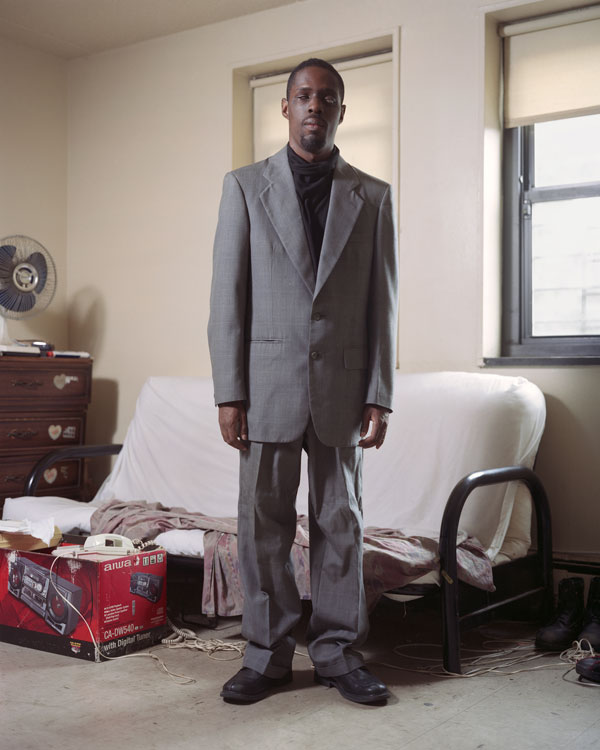
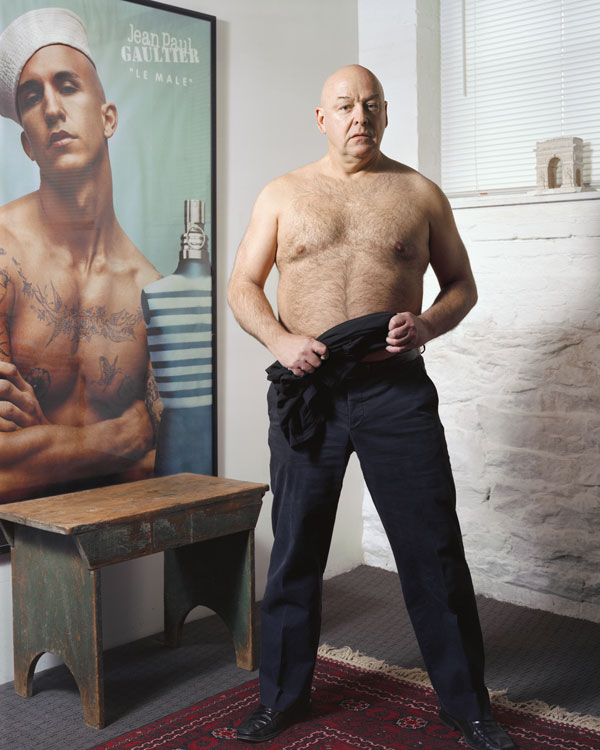
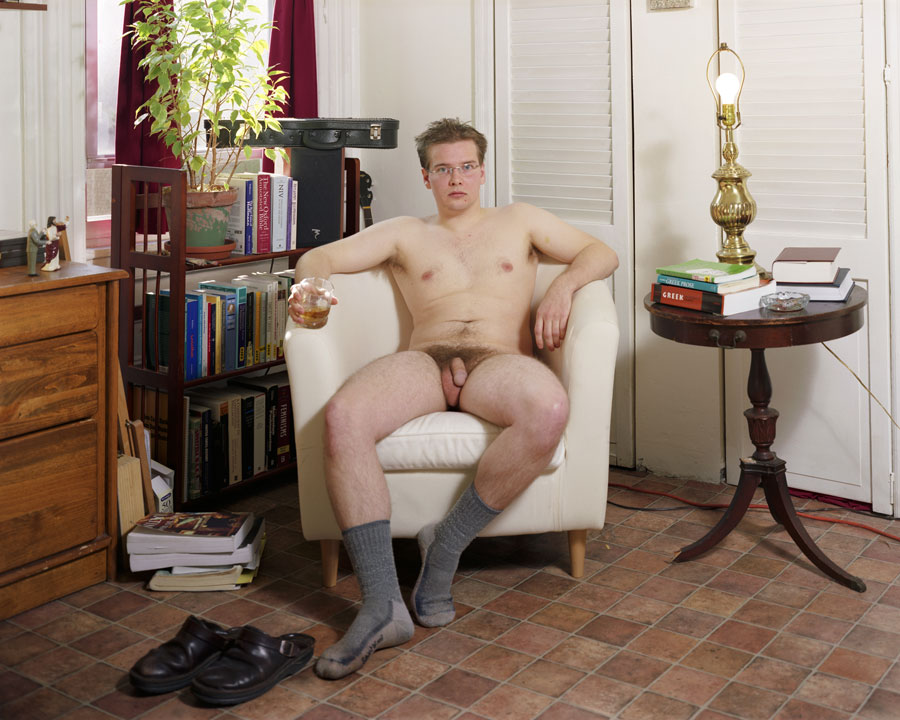
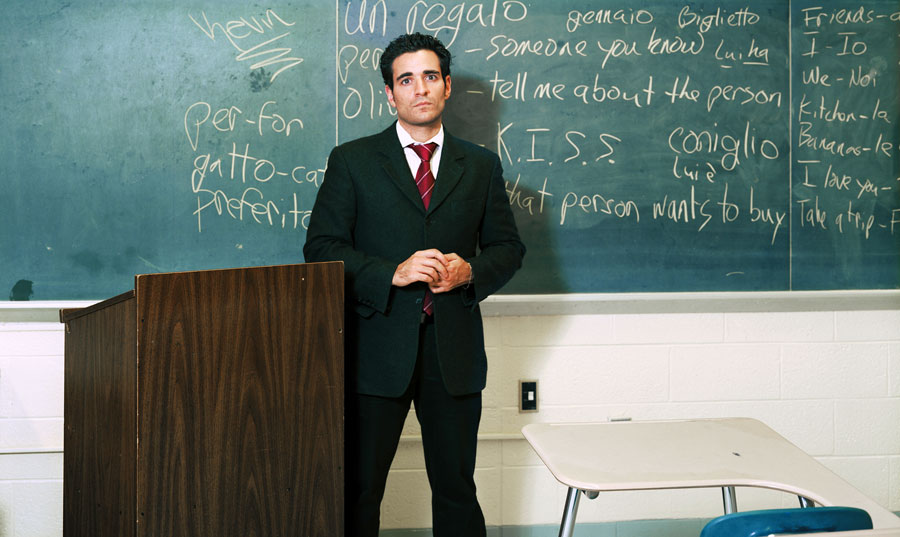
Interview continued
What are the photo shoots like?
I meet with everyone as strangers at their own homes. This sets up an interesting dynamic in which both the subject and I are very vulnerable. I am never sure who is going to answer the door and what they will look like, and the same goes for the subject. I do talk on the phone prior to the shoot to feel out the situation. There is a good amount of danger that I am placing myself in and I pay attention to my intuition. If there are red flags that happen in the conversation on the phone, I will not do the shoot. Most of the time if a shoot doesn’t happen it is because of the subject is hoping for a sexual encounter.
I have only cancelled one shoot because I was creeped out by the subject over the phone. When I do a shoot I let the subjects know that they are in control and in charge. I come with lights and a camera, but it is up to them to decide what they want to wear, how they want to pose, and where they want to pose. Now, I do make suggestions about what might work best, but in the end it is up to the subjects. I want them to construct their identity for me, not for me to decide what I want from them. Because of this setup, every shoot is different, with different desires on the part of the subjects being manifested in the shooting process.
What happens when you get together with the men to shoot them?
I use a large-format camera. I take about 10 photographs during a two- to three-hour process. Every move is slow and very intentional. The subjects have made specific decisions about the way they are posing. I am never catching them off-guard or unaware. If you notice that in all of the photographs the subject is looking directly at the camera. This is the only request that I insist on. I want this to be in their hands as much as possible. Though in the end, the photographer does always have ultimate control—this is especially true in the editing process.
The quotations that are the titles of the photographs come from the subjects during our initial email exchanges. If they are interested in participating in the project I ask them why they consider themselves to be masculine. I then use the resulting answers as the titles. In this way the subjects are given more of a voice and it often adds another layer to the photographs.
What determines masculinity?
I don’t know. That is what made me want to do the project in the first place. As a gay man I have constantly asked this of myself as I tried to place myself in some kind of spectrum from masculine to feminine, but I was always tripped up by the question of what masculinity is in the first place. I wanted the project to be a way to explore this idea of what masculinity is or could be for a wide variety of people.
Some of the photographs’ details are almost comic. To what extent is this project exploitative of these guys’ conception of themselves as masculine, inviting the positive or negative opinions of the audience?
It is definitely exploitative to a degree. I don’t think that I can escape from that, though in the end that is inconsequential to the ideas that are being talked about. People may find a lot of comedic details in the photograph, but I feel that is reflection of their own ideas of masculinity and how a subject may or may not fit into that concept. Once again, the subject does have control over how they are photographed.
The subjects that come forward to participate in the process are also not being paid, they are doing this out their own desires. The portrait process is, as I see it, a way for anyone who might have issues with their relationship to their own masculinity to have a chance to be seen and heard. Many of them have come forward to challenge traditional views of masculinity and to present in a much more pluralistic way. I hopefully have not answered my question of what masculinity is by this project either. I would like to think that I have opened it up further.
How is a personal conception of femininity different from masculinity?
I don’t know. One thing I did notice through the project was that masculinity was mostly seen as an innate characteristic, something the subject possessed regardless of outward appearance. Like Dwight says, “it is an attitude.” I imagine that femininity is seen as more of an outward construct (long hair, clothes).
Has the project affected your sense of your own masculinity?
No. But it was nice to see that I wasn’t the only one who thought about masculinity. To publically question your manhood or your own masculinity is definitely uncommon in the U.S. It was nice to be able to share and discuss ideas of what masculinity is with my subjects. With almost every one of my subjects I had long conversations about masculinity, and not just in an interview-and-interviewee way. I had to be as open and sharing of myself if I wanted my subjects to share with me. I don’t believe that I would have got the photographs that I did if I came in guarded, with an intention to exploit.
